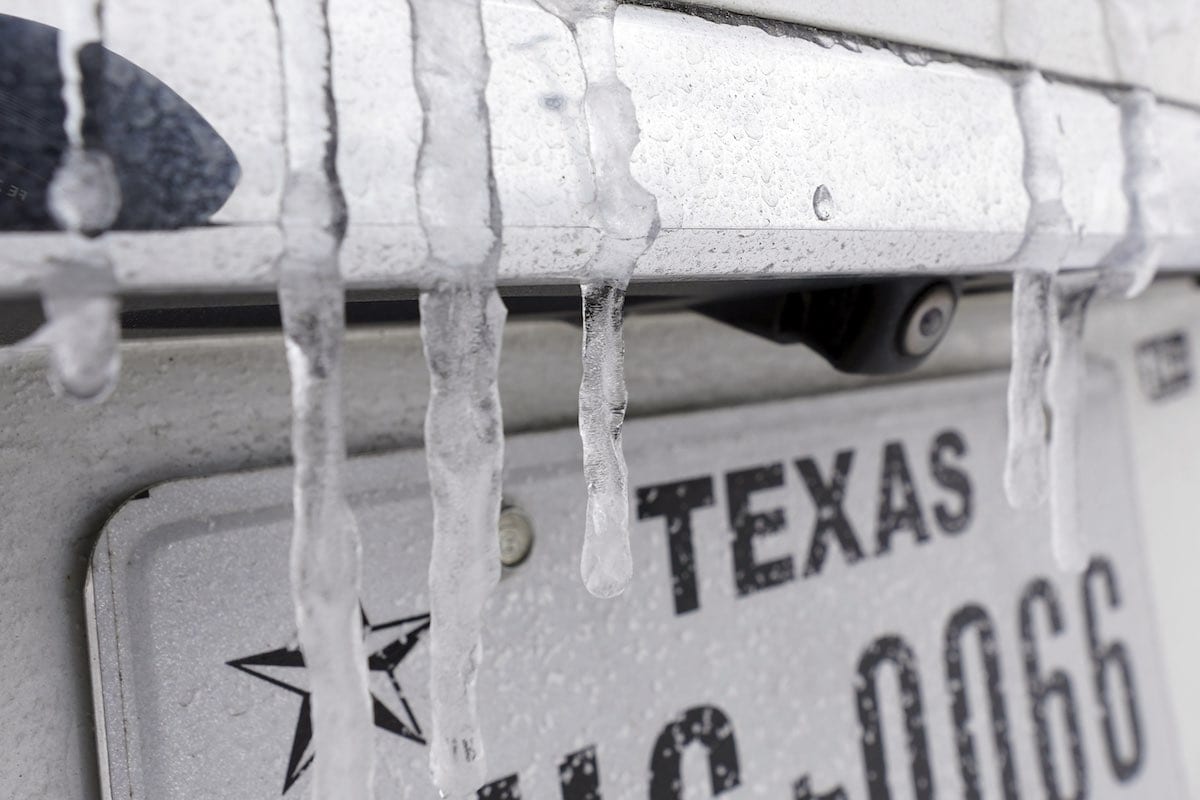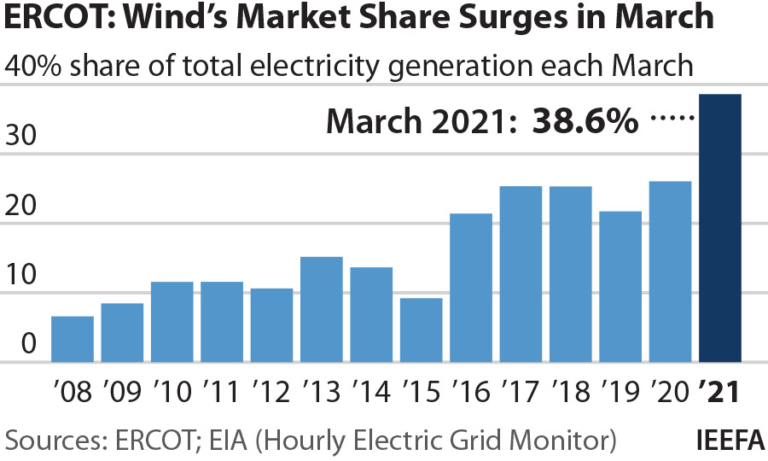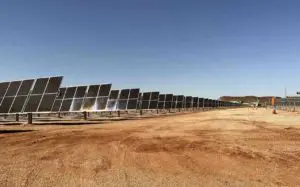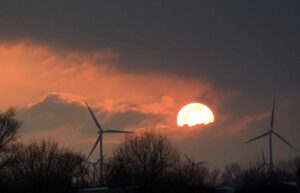As more information slowly emerges from the massive, historically significant blackout that occurred in Texas in February this year, some confusion has emerged alongside. The blackout lasted several days, resulted in several deaths, significant economic impacts and has had many political, social and economic flow-on impacts since.
Most recently, it was revealed that the Texas oil and gas regulatory body was actively campaigning to assign blame to renewable energy and defend the oil and gas industry, despite being a government body tasked with regulating fossil fuels.
The regulator of the Texas grid, ERCOT, has released an ‘outage’ map, showing the total quantity of lost capacity sorted by the assigned cause of those lost gigawatts. It is generated from information obtained from Texas’ many generators, in response to requests for information sent out by the regulator. At a glance, it seems to show that “weather related” outages were the primary causal factor in the blackouts:
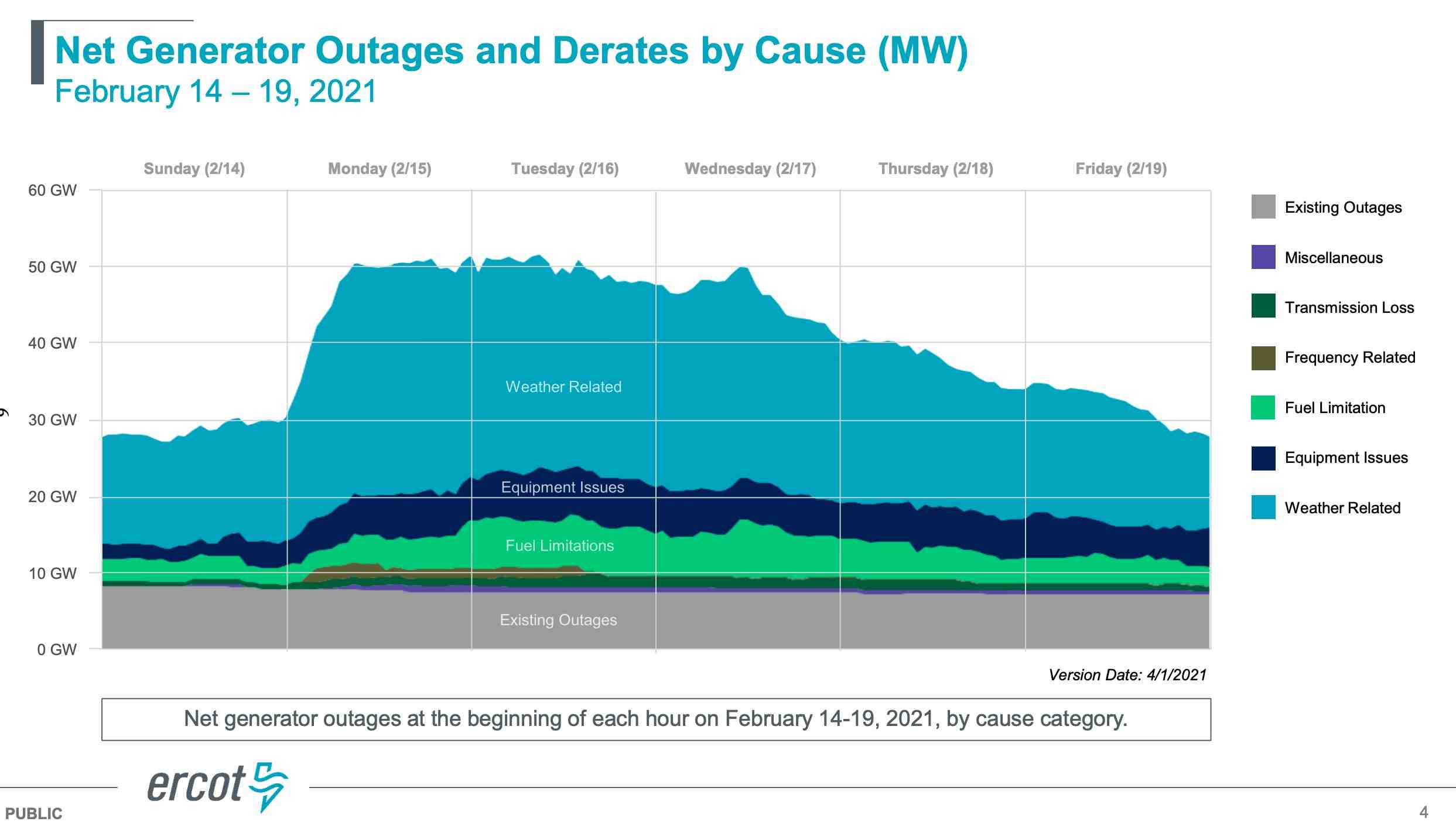 While the report does not break down the outages by the fuel type of the generation unit, it is likely wind power comprises a substantial bulk of megawatt generation outages in this graphic. That is because for those outages, the installed capacity of the wind turbines was used, instead of the potential generation capacity at the time of the outage calculated from wind speeds. This approach has drawn some criticism from energy experts. The Vice President of regulation at NRG Energy, one of America’s biggest utilities, wrote that the analysis fails to treat wind and solar in a fair way.
While the report does not break down the outages by the fuel type of the generation unit, it is likely wind power comprises a substantial bulk of megawatt generation outages in this graphic. That is because for those outages, the installed capacity of the wind turbines was used, instead of the potential generation capacity at the time of the outage calculated from wind speeds. This approach has drawn some criticism from energy experts. The Vice President of regulation at NRG Energy, one of America’s biggest utilities, wrote that the analysis fails to treat wind and solar in a fair way.
In short, a casual observer looking at the ERCOT report may come away thinking all other causes of outages – gas supply, frequency, and non-weather equipment issues – weren’t big deals. That’s not the right way of looking at this.
— Travis Kavulla (@TKavulla) April 7, 2021
Joshua D Rhodes, an energy researcher at the University of Texas, Austin, suggested that comparing wind outages to the ‘expected’ generation used in pre-season system planning may have been a fairer approach:
It might be more useful to look at the peak through the lens of what was expected to be online, and not just raw capacity numbers. This waterfall chart shows what ERCOT was expecting to happen during the 2021 winter peak. From the SARA report: https://t.co/zALHTwTIXH pic.twitter.com/HcqFd2sdG6
— Joshua D. Rhodes (@joshdr83) April 7, 2021
This seems to be a repeat of an ongoing issue around how the magnitude of generator outages are represented by ERCOT. In February, a preliminary report visualised the scale of outages across fuel types, but wind power’s megawatt outages were also by installed capacity, not by ‘potential power’ or by ‘expected power’:
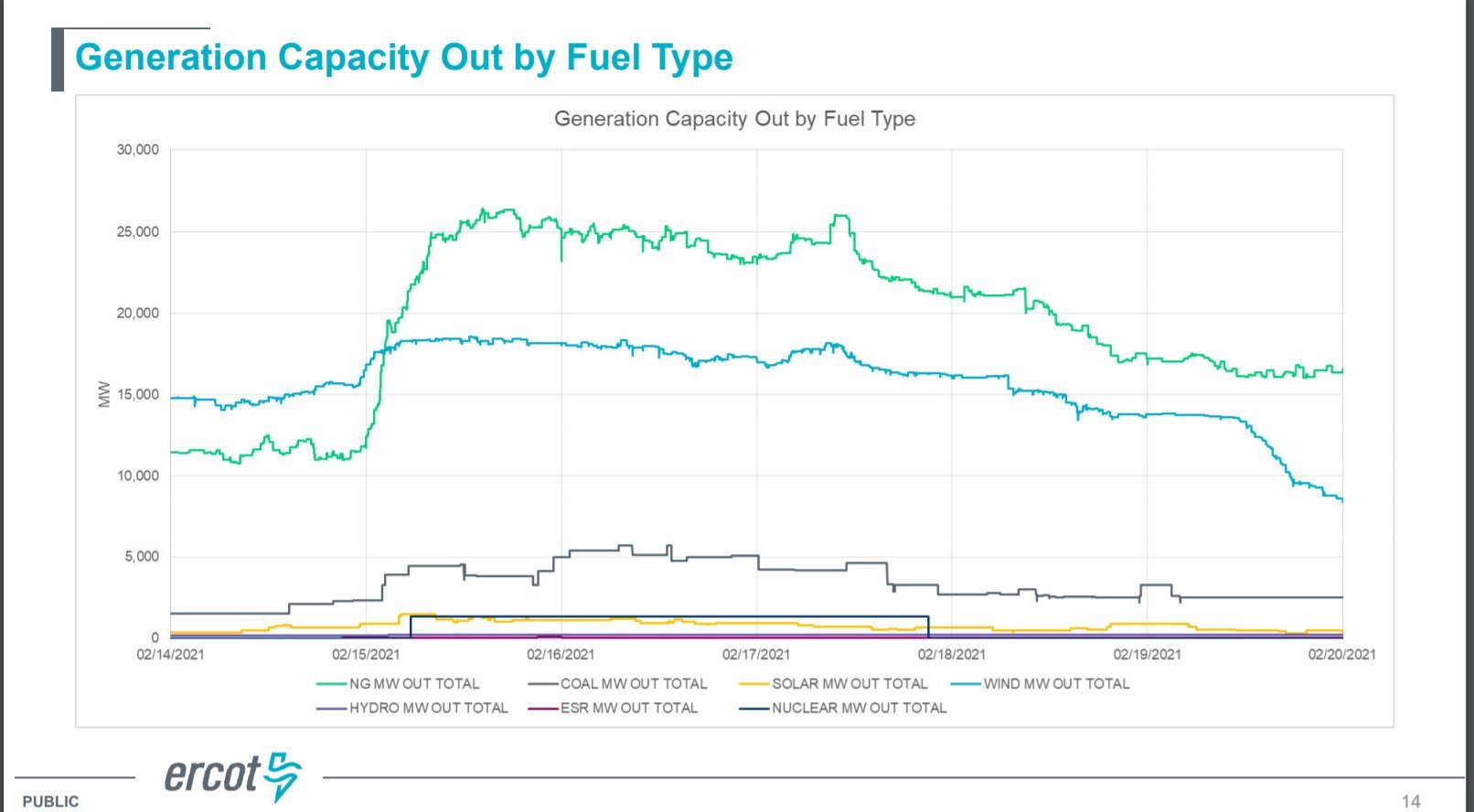 In fact, one of the only estimates of lost ‘potential’ energy from wind turbines in Texas came from the private consultancy firm Wood Mackenzie, who published it in a brief blog post. While the loss of wind power generation was notable, it was far lower in magnitude than the loss of potential generation from gas-fired generators.
In fact, one of the only estimates of lost ‘potential’ energy from wind turbines in Texas came from the private consultancy firm Wood Mackenzie, who published it in a brief blog post. While the loss of wind power generation was notable, it was far lower in magnitude than the loss of potential generation from gas-fired generators.
 After the 2011 blackout, the US Federal regulator produced a report that provided the ‘lost energy’ by both fuel type and root cause, calculated using the potential wind power output based on wind speeds:
After the 2011 blackout, the US Federal regulator produced a report that provided the ‘lost energy’ by both fuel type and root cause, calculated using the potential wind power output based on wind speeds:
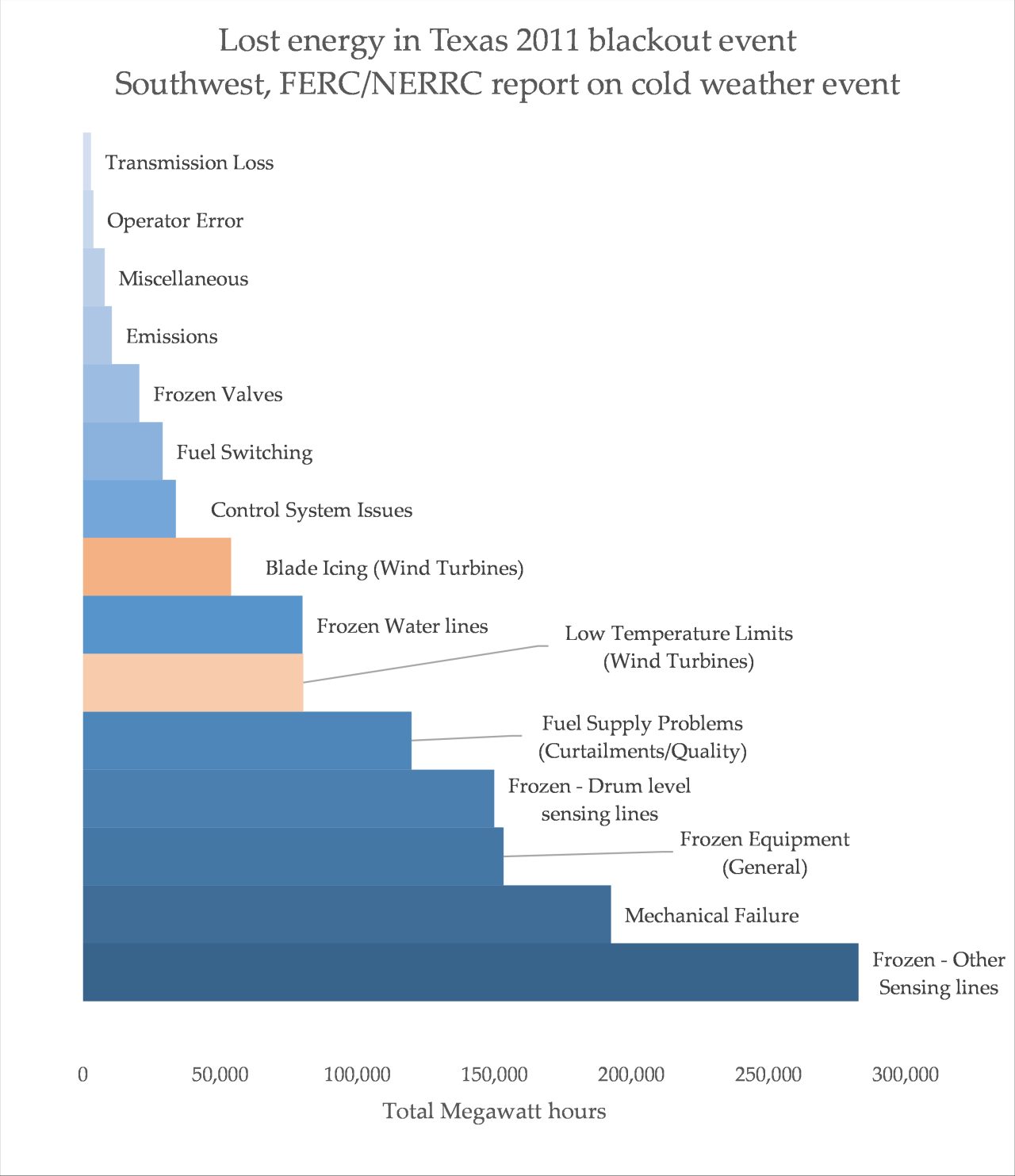 The role of wind power in moments of major weather events and grid stress is becoming increasingly important to analysis from an objective and reasoned perspective. This week, the Institute for Energy Economics and Financial Analysis (IEEFA) found that renewable output accounted for 42% of ERCOT’s total generation in the month of March. The total output for wind generation high 10.4 million megawatt hours, 2 million MWh above the previous recorded from last December.
The role of wind power in moments of major weather events and grid stress is becoming increasingly important to analysis from an objective and reasoned perspective. This week, the Institute for Energy Economics and Financial Analysis (IEEFA) found that renewable output accounted for 42% of ERCOT’s total generation in the month of March. The total output for wind generation high 10.4 million megawatt hours, 2 million MWh above the previous recorded from last December.
This was due to the installation of an additional 2,343 megawatts of wind power during the month of March, and solar installations climbed from 4,473 to 5,649 megawatts. As RenewEconomy wrote in March, the pipeline for batteries, wind and solar in Texas is extremely significant, with a fast pace of new capacity due to come online in the short term. By July this year, an additional 1 gigawatt of battery storage capacity is expected to be added to the Texas grid.
Yesterday, the UK’s Financial Times reported that an alliance of big tech, renewable energy companies and Wall Street investors are attempting to prevent legislation that would force wind and solar generators to pay for ancillary services in ERCOT, costs currently born by the consumers of electrical power. “The bills under discussion would assign ancillary services costs to solar and wind generators to the extent their operations caused “reliability issues”, according to the text of bills sponsored by Representative Phil King and Senator Kelly Hancock, both Republicans”, wrote the FT.

